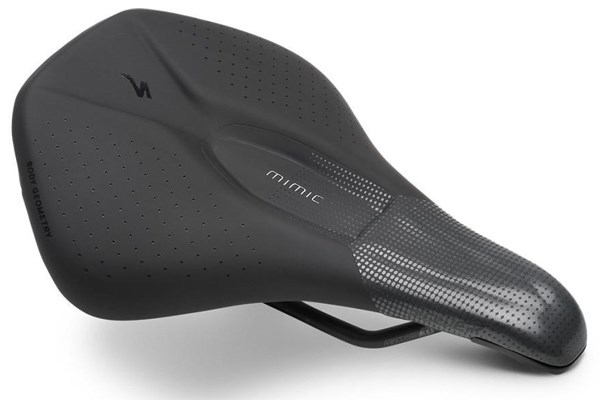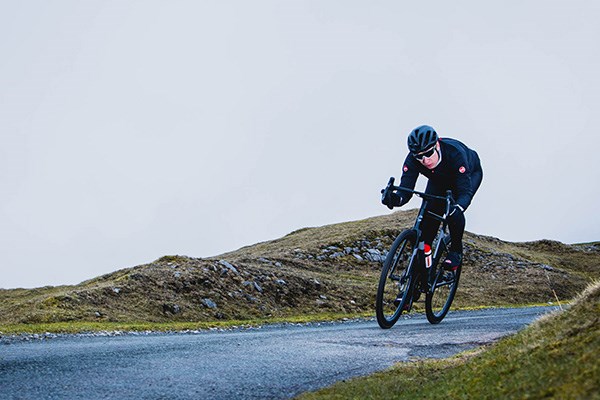Whether you cycle off-road or on tarmac, if you like long rides and pushing yourself on the bike then a performance saddle is what you need. Performance saddles come in a variety of different shapes and sizes. The best saddle for you will depend on the style of riding you do as well as your flexibility and the shape of your body.
There are lots of different saddles to choose from. Some are best for road cycling; others are best for mountain biking and some saddles will work well for either discipline. In this performance saddles guide we’ll look at body measurements, different types of saddle, and what to look for when you are choosing a new one.
Things to know before you choose a saddle
Before you buy a new saddle there are few things that you need to know about yourself, so you can choose one that’s right for you.
Body position on the bike
It’s good to know what your riding position is like when you are seated and pedalling as this will affect the type of saddle that will suit you best. When mountain biking, you will have a more upright position on the bike than when you are road riding. Road cyclists who are very flexible can achieve a very low tucked riding position while less flexible riders like to be more upright.

Sit bone width
Everyone’s body is different, and it’s the distance between your two sit bones that make the most difference to your comfort in the saddle. Women tend to have wider sit bones than men - which is why women’s specific saddles are wider – but there are a lot of individual differences too.

How to measure your sit bones
Finding your correct sit bone width is easy, and you can do it at home.
All you need is a flat bench or seat, something to rest your feet on, a piece of cardboard, some chalk and a tape measure. Check out our video to see what you need to do.
Your optimum saddle width will be 20 – 25mm wider than your sit bone width.
What saddle shape is right for you?
Once you know your riding position and your sit bone width you can consider the shape of performance saddle that suits you and your bike, so you can ride more comfortably.
Mountain bike or sports hybrid bike
When riding in a relatively upright position you’ll need a little more support, so a wider saddle will be best. A curved saddle shape with an upturned rear and dropped nose is the most popular shape for mountain bikers.
Look for a saddle that is 20mm wider than your optimal saddle width (40 - 45 mm wider then yout sit bone width).
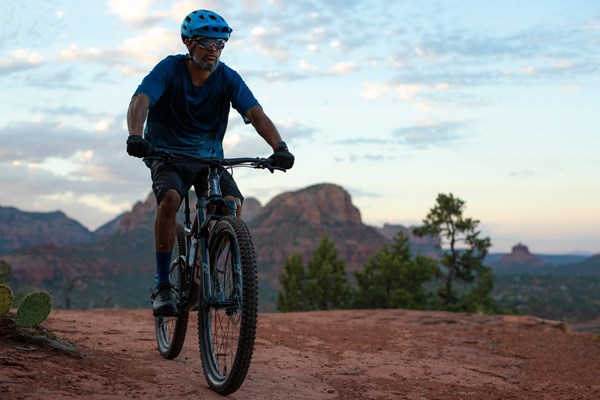
Endurance road bike
On a road bike with relatively high handlebars - tall head tube and/or spacers under the stem - you will still need some support but less than on a mountain bike. A slightly wider saddle with a curved shape is ideal.
Look for a saddle that is 10mm wider than your optimal saddle width (30 - 35 mm wider then yout sit bone width).
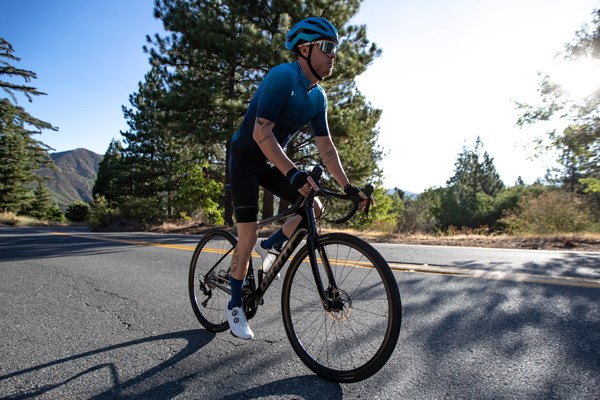
Road race bike
When you are riding in a flat backed race position, you’ll have less weight on your sit bones and more on your arms and legs. A narrow flat saddle shape is best for a race position.
Look for a saddle that’s the same width as your optimal saddle width measurement (20 - 25 mm wider then yout sit bone width).

Saddle features to look for
As well as width and shape there are a few saddle features to look out for that can make a difference to your performance on the bike. There is a big difference in the price of saddles and while a more expensive model will be lighter it might not be more comfortable.
Rails
The rails are the part of the saddle that attaches to the seatpost. Most performance saddles use steel alloys like cromo which are reasonably lightweight and flex a little for comfort. More expensive saddles use titanium or carbon rails. Titanium is very lightweight and offers a similar comfortable flex to steel. Carbon is the lightest but is also very stiff, so some riders find them a bit harsh. Carbon railed saddles aren’t compatible with all seatposts as the rails are a different shape.

Most saddle bags are designed to attach to the twin rails of the saddle as well as the seatpost. Some saddles, like the SDG I-Beam, have a single rail. These tend to be very lightweight and stiff but require a matching brand specific seatpost adn arn't compatible with saddle bags.
Shell
The shell is the hard base that forms the basic shape of the saddle and how much it will flex. Most saddle shells are made from plastic or fibre-reinforced polymer while higher-end options have a carbon shell. The advantage of carbon is that it is lighter and will absorb some road vibrations.
The specific model of a saddle will have the same shape whether it has a plastic or carbon shell – a basic Specialized Power saddle will have the same shape as the S-Works Power model.
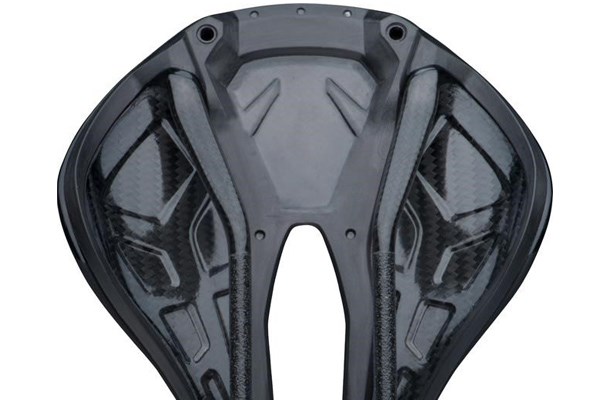
Padding
The padding sits on top of the shell to provide comfort. While thick, soft padding may seem like the most comfortable option, too much padding will compress under your sit bones as you ride and can end up putting more pressure on surrounding soft tissue areas. Many saddle manufacturers use pressure mapping to get the right amount of padding in the right places.

Generally speaking, a more upright riding position will benefit from a little more padding while a more tucked riding position requires a little less. Some road riders are even happy with bare carbon saddles. While these are certainly not for everyone, they highlight the importance of finding a saddle that’s the correct size and shape.
Cover
The cover is the outermost layer of the saddle. Traditionally this would be leather but synthetic covers are more common as thery are weaather proof. Covers need to be hard wearing but should also be smooth enough to avoid rubbing, seams should be away from the areas where your legs may rub.
Mountain bike specific saddles may have a textured surface for extra grip in muddy conditions and reinforced side panels to resist damage if you lay the bike down in a crash.

Grooves, channels and cutouts
Many saddles have pressure relieving grooves, channels or cut out sections in the middle of the seat. This is to relieve soft tissue pressure and to improve blood flow in that region. If you are experiencing numbness while riding a saddle with a cutout or groove in the centre is worth considering.
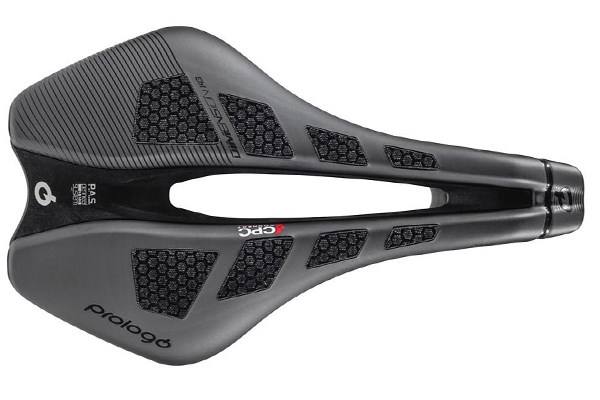
The width of the cutout will make a difference and is another area that will be informed by your sit bone measurement. Lady’s specific saddles often have a wider cutout or a deeper channel but the ideal for both men and women is a personal thing.
Extra features
Some saddles have extra features like reinforced corners to prevent damage when you lay the bike down or stand it up against a wall. Other features include elastomers between the rails and shell, and mounting points for rear lights and saddle bags. These features may be useful but only if the size and shape of the saddle is right for you.

Women’s Specific Saddles
As we’ve mentioned before women tend to have wider sit bones to men, the average difference is about 10mm. Women also tend to sit a little further back on the saddle. This is why women’s specific saddles are wider at the rear and a little shorter at the front compared to a unisex saddle. As well as personal experience your sit bone measurement will help you decide if a unisex or women’s specific saddle is best for you.
